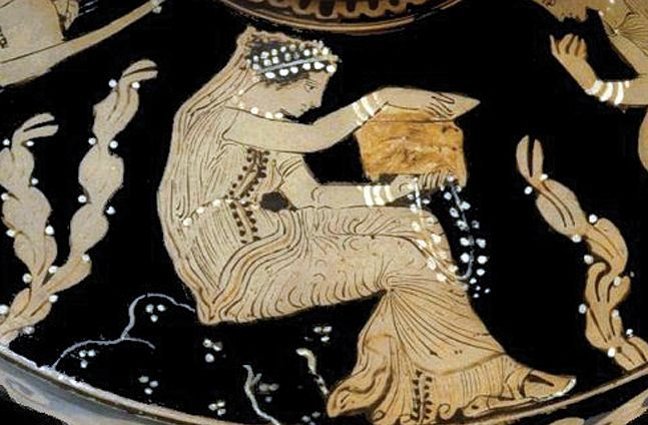Opening Pandora’s Box: 30,000-Year-Old ‘Giant’ Virus To Be Brought Back To Back To Life By Scientists
MessageToEagle.com – Scientific curiosity knows no limits. Scientists who discovered a prehistoric virus called Mollivirus sibericum in the Siberian permafrost plan to give the virus its first wakeup call since the last Ice Age. Is this really wise or are we about to open the Pandora Box?
In Greek mythology, Pandora’s box was an ancient artifact Pandora. It contained all the evils of the world. Some say it was a jar. Some say it was a box. Whatever it was, it was locked. It came with a note. The note said: “DO NOT OPEN.” Attached to the note was a key. It was all very curious.
You can guess what happened next. It was Pandora whose curiosity got the better of her. One day, she used the key to open the box. As she raised the lid, out flew all the bad things in the world today – envy, sickness, hate, disease. Pandora slammed the lid closed, but it was too late.

Today the phrase “to open Pandora’s box” means to perform an action that may seem small or innocent, but that turns out to have severely detrimental and far-reaching consequences and many think this is about to happen now,
The 30,000-year-old giant virus is totally unknown to the scientist. By awakening it, scientists hope they can study ancient dormant viruses that could, it’s feared, get another chance at spreading as permafrost retreats due to climate change.
The good news is that the virus will not be awaken until it has been verified it cannot harm humans and animals. The virus is classified as a “giant” virus because it’s visible by light microscopy. Mollivirus sibericum carries a complex genetic structure that houses more than 500 genes, according to the study’s abstract. The influenza virus, in comparison, has only 8 genes.

The same team that discovered Mollivirus sibericum found another 30,000-year-old virus, Pithovirus sibericum, in the same Russian permafrost. As described in PNAS last year, those scientists revived a sample of Pithovirus sibericum in safe lab conditions and determined it was still infectious, though it only affects amoebas.

These cases raise concerns about such viruses in the context of melting permafrost.
“The fact that two different viruses retain their infectivity in pre-historical permafrost layers should be of concern in a context of global warming,” the PNAS study’s abstract says. “Giant viruses’ diversity remains to be fully explored.”
Jean-Michel Claverie, an evolutionary biologist from the Structural & Genomic Information Laboratory at the Mediterranean Institute of Microbiology in Marseille, France, and co-author of the PNAS study, told AFP that the permafrost came from a stretch of land that contains valuable mineral resources such as oil. He noted that industrial exploration of this and similar sites is sure to continue as the ice continues to melt, and that could disturb undiscovered pathogens.
Claverie said it’s possible that particles of these and other unknown viruses lurking in the permafrost “may be enough, in the presence of a vulnerable host, to revive potentially pathogenic viruses.”
He added, “If we are not careful, and we industrialize these areas without putting safeguards in place, we run the risk of one day waking up viruses such as smallpox that we thought were eradicated.”
Do scientists really know what they are doing when awakening an unknown ancient life-form?
MessageToEagle.com
Sources:










